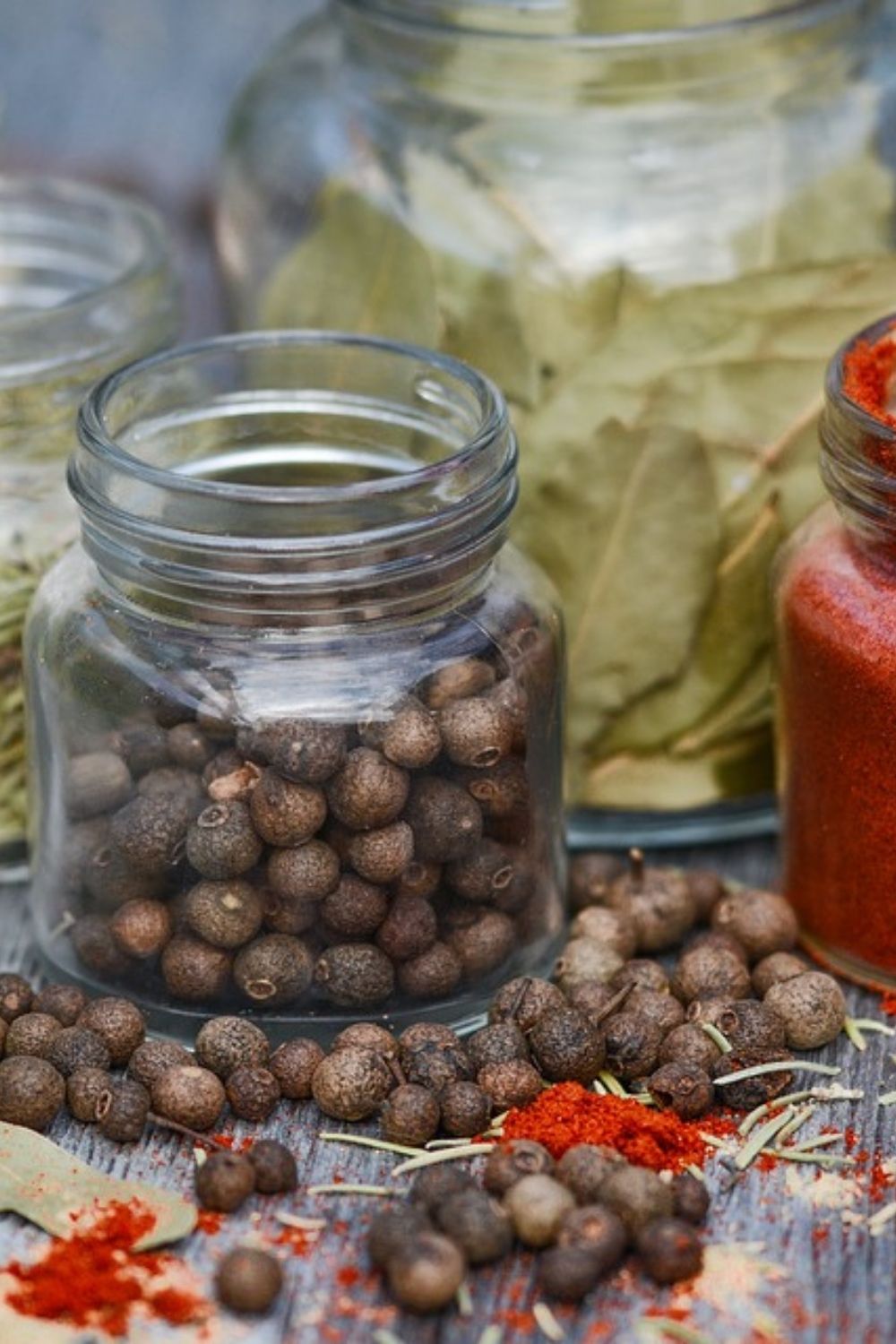It’s a form of preserved meat that can be found today across the eastern Mediterranean, from Turkey around to Egypt. But the real question is how it got to the United States, became defined as a cut of beef brisket (or the fattier cut adjoining it, known as the navel), and started being piled atop rye bread in delis. Though Middle Eastern pastirma and American pastrami are both forms of cured beef, the preparations are quite different.
Pastirma is rubbed in salt to cure, dried in the open air for several days, and covered in a thick spice rub of fenugreek and cumin. The resulting meat has a vivid deep-red color and is typically sliced very thin, much like bresaola. Modern pastrami, on the other hand, is cured in a liquid brine, cold-smoked, and then boiled. And, unlike with pastirma, the spice coating—which is applied just before the meat goes on the smoker—is dominated by black pepper and coriander.





